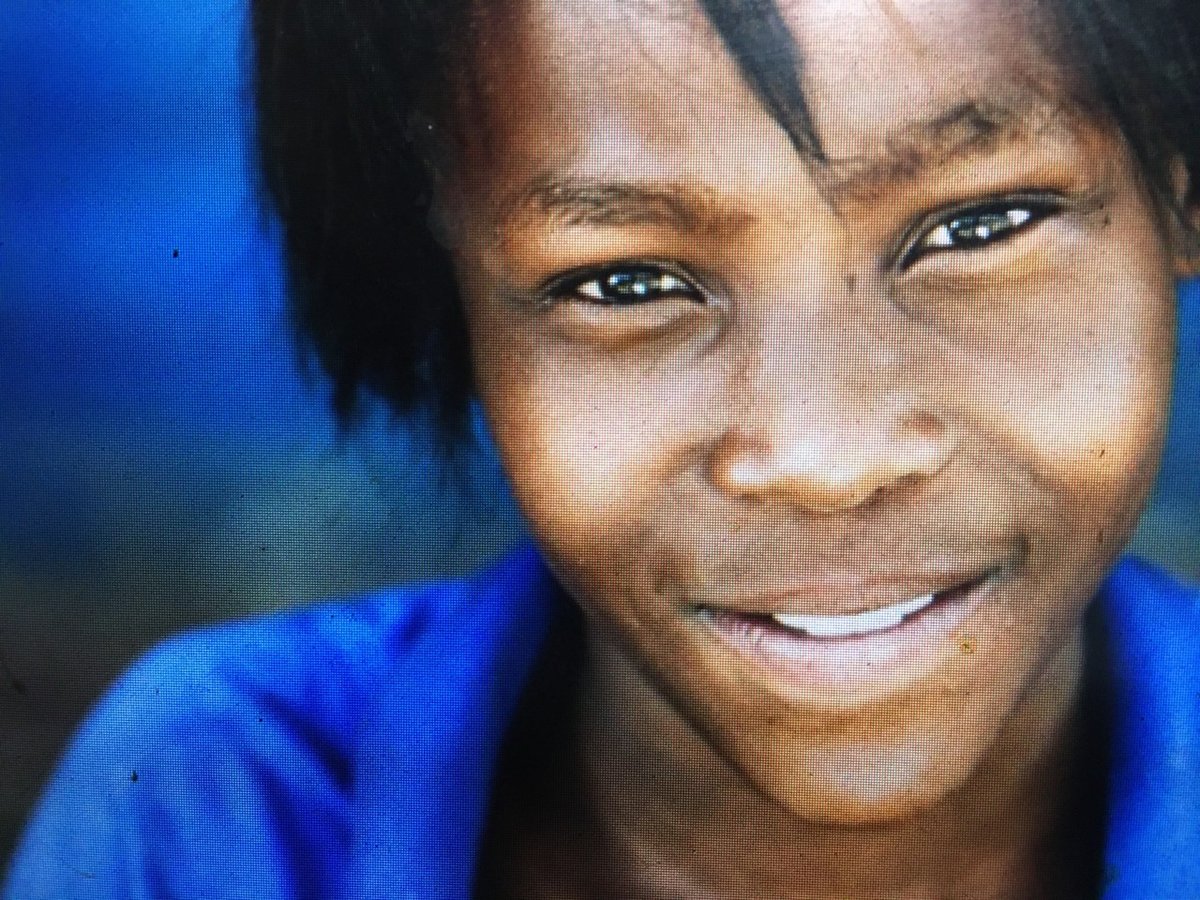
FREE TO SHINE Africa United Against Childhood AIDS ISSUES: 輝ける未来/自由/バリアフリー アフリカユナイテッド 子供時代のAIDSと戦う/根絶** **画像はブラックコミュニティーだけですが実際にはアジア各地で起きています。誤解しないでください。

STAND UNITED WITH THE FREE TO SHINE CAMPAIGN. 立ち上がれ合衆国アフリカ輝ける未来のために
Let’s make our vision a reality, let’s end childhood AIDS in Africa by 2030 and keep mothers healthy.
TOGETHER WE CAN ACHIEVE IT!
We each have an important role in creating an AIDS-free future for the children of Africa. To be able to contribute towards achieving this vision, we all need to:
Know the facts about what causes children to become infected with HIV.
Understand what we can do as individuals and collectively to prevent this.
Act to protect our health and that of our children and our communities.
So, take the first step toward success in the fight against childhood HIV and AIDS:
Learn more about the cycle of risk for childhood HIV and AIDS.
Share the knowledge through your social media networks to help increase awareness.
私たちは一緒にそれを達成できます!
私たちはそれぞれ、アフリカの子供たちにエイズのない未来を築く上で重要な役割を担っています。このビジョンの達成に貢献できるようにするために、私たち全員が以下を行う必要があります。
*子供がHIVに感染する原因についての事実を知ってください。
*これを防ぐために、私たちが個人として、また集合的にできることを理解してください。
*私たちの健康と私たちの子供と地域社会の健康を守るために行動する。
子供時代HIV/AIDSとの戦いに成功して最初の一歩を踏み出す:
小児期HIV/AIDSのリスクのサイクルの詳細。
ソーシャルメディアネットワークを通じて知識を共有して、認知度を高めます。
CHILDHOOD HIV AND AIDS: THE CYCLE OF RISK
子供時代のHIV/AIDSのサイクルとリスク

THE REPRODUCTIVE YEARS
WHO recommends that all women, especially those of childbearing age, should know their HIV status and receive treatment as required. 2
Adolescents are the only age group experiencing a rise in AIDS related deaths, with the majority (65%) of those affected being girls. 5
Of all adults newly infected with HIV in Africa, south of the Sahara, one in four (25%) is an adolescent girl or young woman in their reproductive years (aged 15 to 24 years old), compared to one in five globally. 4
Women make up over half (56%) of newly infected adults. 4
Tailored, effective and accessible sexual health and family planning services are needed to prevent new infections and support women already infected, for their own wellbeing and to minimise HIV transmission to their future offspring. 2
WHOは、すべての女性、特に出産適齢期の女性がHIVの状態を知り、必要に応じて治療を受けることを推奨しています。 2
思春期はエイズ関連死亡の増加を経験している唯一の年齢層であり、影響を受ける人の大部分(65%)は少女です。 5
サハラ砂漠南部のアフリカで新たにHIVに感染したすべての成人のうち、4人に1人(25%)は、全世界の5人に1人と比較して、リプロダクト年齢(15歳-24歳)の思春期少女、若い女性です。 4
女性は、新しく感染した成人の半分(56%)を占めています。 4
新規感染を防ぎ、すでに感染している女性を支援し、自身の健康のために、将来の子孫へのHIV感染を最小限に抑えるため、カスタマイズされた効果的でアクセス可能なセクシュアル健康、家族計画サービスが必要です。 2
MOTHER-TO-CHILD TRANSMISSION(MTCT**) **MTCTを母子感染と訳しますが20年前はPMTCTとよばれ母子感染予防と母子感染暴露が並列して語られ母子感染だけをフォーカスした大文字表記だと思われます。

CHILD TRANSMISSION
The transmission of HIV from a mother living with HIV to her child during pregnancy, labour, delivery or breastfeeding is called mother-to-child transmission (MTCT). 7
Most new cases of HIV in children under 15 years old are caused by MTCT. 5
If a mother living with HIV does not receive the appropriate interventions, there is up to a 45% chance that she will infect her child through MTCT, but with appropriate interventions this can be reduced to below 5%. 7
In Africa, south of the Sahara, one in five (20%) of pregnant women living with HIV do not receive treatment to stop MTCT. 2
Women can become infected with HIV before, during and after pregnancy which means that repeat HIV testing during pregnancy and breastfeeding is needed, to provide fast results and where required, fast intervention to prevent the transmission of HIV to their baby. 2
Syphilis is a sexually transmitted infection that can also be transmitted from a mother to her child. If a pregnant woman infected with syphilis is not treated there is a greater than 50% risk of serious adverse outcomes including: stillbirth, early neonatal death, a pre-term or low birth weight baby or the baby suffering from a serious infection. 8
Globally each year, nearly 1 million syphilis infections occur among pregnant women which result in an estimated 350,000 adverse birth outcomes due to congenital syphilis. 9
An estimated 64,000 deaths, or 0.6% of all deaths in children under 5 years old, were due to syphilis in 2004. 10
The services, approaches and interventions required to prevent mother-to-child transmission (PMTCT) of syphilis are similar to those required for the PMTCT of HIV, making an integrated approach to the dual elimination of HIV and syphilis feasible and it can achieve improved health outcomes for women and children. 10
子供HIV伝播(感染)
妊娠中、労働中、出産中、授乳中にHIV陽性女性から子供へのHIVの伝播(感染)は、母子感染(MTCT**)と呼ばれます。 =MTCTのみで母子感染暴露を指す。
15歳未満の子供のHIVの新しい症例のほとんどは、MTCTが原因です。 5
HIV感染した母親が適切な介入を受けない場合、MTCTを通じて子供に感染する可能性は最大45%ありますが、適切な介入を行うと、5%未満に減らすことができます。 7
サハラ以南のアフリカでは、HIVに感染した妊婦の5人に1人(20%)がMTCTを止める治療を受けていません。 2 =MTCTは母子感染のみで使われています。
女性は妊娠前、妊娠中、妊娠後にHIVに感染する可能性があります。つまり、妊娠中、授乳中にHIV検査を繰り返し、迅速な結果を提供し、必要に応じて、赤ちゃんへのHIV感染を防ぐために迅速な介入が必要になります。 2
梅毒は性感染症であり、母親から子供に感染することもあります。梅毒に感染した妊婦が治療されない場合、死産、早期新生児死亡、早産、低出生体重児、重篤な感染症にかかっている赤ちゃんなど、重篤な有害転帰のリスクが50%以上あります。 8
世界的に毎年、妊婦間でほぼ100万人の梅毒感染症が発生し、先天性梅毒による推定350,000件の出産の結果をもたらしています。 9
推定64,000人死亡、または5歳未満の子供の全死亡の0.6%は、2004年の梅毒によるものでした。10
梅毒の母子感染予防(PMTCT=母子感染予防P=Provantion)に必要なサービス、アプローチ、介入は、HIVのPMTCTに必要なものと類似しており、HIVと梅毒の二重排除への統合アプローチを実現可能にし、健康の改善を達成できる女性と子供感染結果。 10
CHILDREN BORN WITH HIV

HIVと共に
WHOは、HIVに感染した赤ちゃんは生後2ヶ月以内に検査することを推奨していますが、これはサハラ以南のアフリカの症例の50%でのみ起こります。 2
「HIVに感染した赤ちゃんを6週齢までに治療すると、死亡するリスクが76%減少します」。 11
「治療なしでは、HIVで生まれた1歳未満の子供は、2〜3ヶ月で死亡するリスクが最も高くなります」。 3,6,12
標準的な検査室ベースを使用して赤ちゃんのHIV状態を検査すると、このリスクが最も高い期間の後に約半数(46%)の赤ちゃんが診断され、治療の遅れと死亡のリスクの増加につながります。 3,6,12
技術の進歩により、赤ちゃんの出生時検査が可能になり、現地で実施され、同じ日に結果が得られるため、HIVに感染した赤ちゃんは必要な治療を迅速に受けることができます。 13
